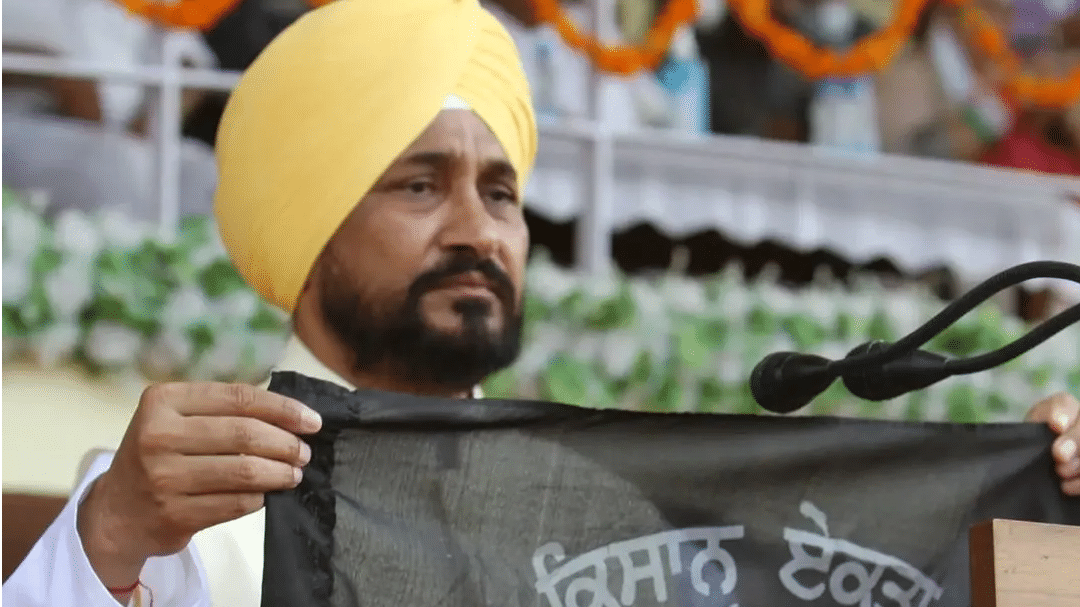Punjab will vote in a single phase on February 20 to elect its 117-member legislative assembly. Votes will be counted on March 10, the Election Commission of India (ECI) announced today.
The average number of voters per polling booth will be 862, in light of the COVID-19 situation. The limit of candidate expenditure has been set at Rs 40 lakh, due to an increasing reliance on digital campaigns and modes of communication. It was earlier capped at Rs 28 lakh.
Elections are also being held for the states of Goa, Uttarakhand, Uttar Pradesh, and Manipur. The ECI announced that in totality, polling will take place in seven phases, and votes will be counted on March 10 for all.
Assembly elections were last held in Punjab on February 4, 2017, and the results were out on March 12, 2017. The voter turnout was 77.2%. The Indian National Congress (INC) won 77 seats, defeating the Shiromani Akali Dal (SAD) and the Bharatiya Janata Party (BJP) alliance, who secured 15 and 3 seats respectively. Aam Aadmi Party (AAP) the newcomer in the 2017 assembly elections had 20 seats.
Also Read | Lessons forgotten: Election rallies in India help in surge of COVID-19
This year, Captain Amarinder Singh, the former Chief Minister who’d led INC to the victory in 2017, has teamed up with the BJP, after his unceremonious exit from the current ruling party in Punjab. Meanwhile, the SAD has broken its long-term alliance of 24 years with the BJP, in light of the fracas over the now-repealed farm laws. Instead, the SAD will be contesting this election with Mayawati’s Bahujan Samaj Party (BSP).
Ahead of the elections, Haryana Chief Minister Manohar Lal Khattar demanded that elections be halted in Punjab, and the Charanjit Singh Channi government be dismissed under the President’s rule, in light of the recent security lapse faced by Prime Minister Narendra Modi, during his scheduled visit to Ferozepur.
Also Read | Assembly elections 2022: Key highlights from Election Commission press conference
Considering the critical nature of the upcoming elections, Punjab Chief Electoral Officer (CEO) organized a workshop on January 7, for the District Public Relation Officers (DPROs), to help them counter fake news and identify paid news during this 2022 elections.
Full list of Punjab assembly constituencies:
Sujanpur, Bhoa, Pathankot, Gurdaspur, Dina Nagar, Qadian, Batala, Sri Hargobindpur, Fatehgarh Churian, Dera baba nanak, Ajnala, Raja sansi, Majitha, Jandiala, Amritsar, Amritsar West, Amritsar Central, Amritsar East, Amritsar South, Attari, Tarn taran, Khem karan, Patti, Khadoor Sahib, Baba bakala, Bholath, Kapurthala, Sultanpur lodhi, Phagwara, Phillaur, Nakodar, Shahkot, Kartarpur, Jalandhar West, Jalandhar central, Jalandhar North, Jalandhar Cantt., Adampur, Mukerian, Dasuya, Urmar, Sham chaurasi, Hoshiarpur, Chabbewal, Garhshankar, Banga, Nawan shahr, Balachaur, Anandpur Sahib, Rupnagar, Chamkaur Sahib, Kharar, S.A.S.Nagar, Bassi Pathana, Fatehgarh Sahib, Amloh, Khanna, Samrala, Sahnewal, Ludhiana East, Ludhiana South, Atam Nagar, Ludhiana central, Ludhiana West, Ludhiana North, Gill, Payal, Dakha, Raikot, Jagraon, Nihal Singh Wala, Bhagha Purana, Moga, Dharamkot, Zira, Firozpur City, Firozpur Rural, Guru har sahai, Jalalabad, Fazilka, Abohar, Balluana, Lambi, Gidderbaha, Malout, Muktsar, Faridkot, Kotkapura, Jaitu, Rampura Phul, Bhucho Mandi, Bathinda urban, Bathinda Rural, Talwandi Sabo, Maur, Mansa, Sardulgarh, Budhlada, Lehra, Dirba, Sunam, Bhadaur, Barnala, Mehal kalan Malerkotla, Amargarh, Dhuri, Sangrur, Nabha, Patiala Rural, Rajpura, Dera bassi, Ghanaur, Sanour, Patiala, Samana and Shutrana.







